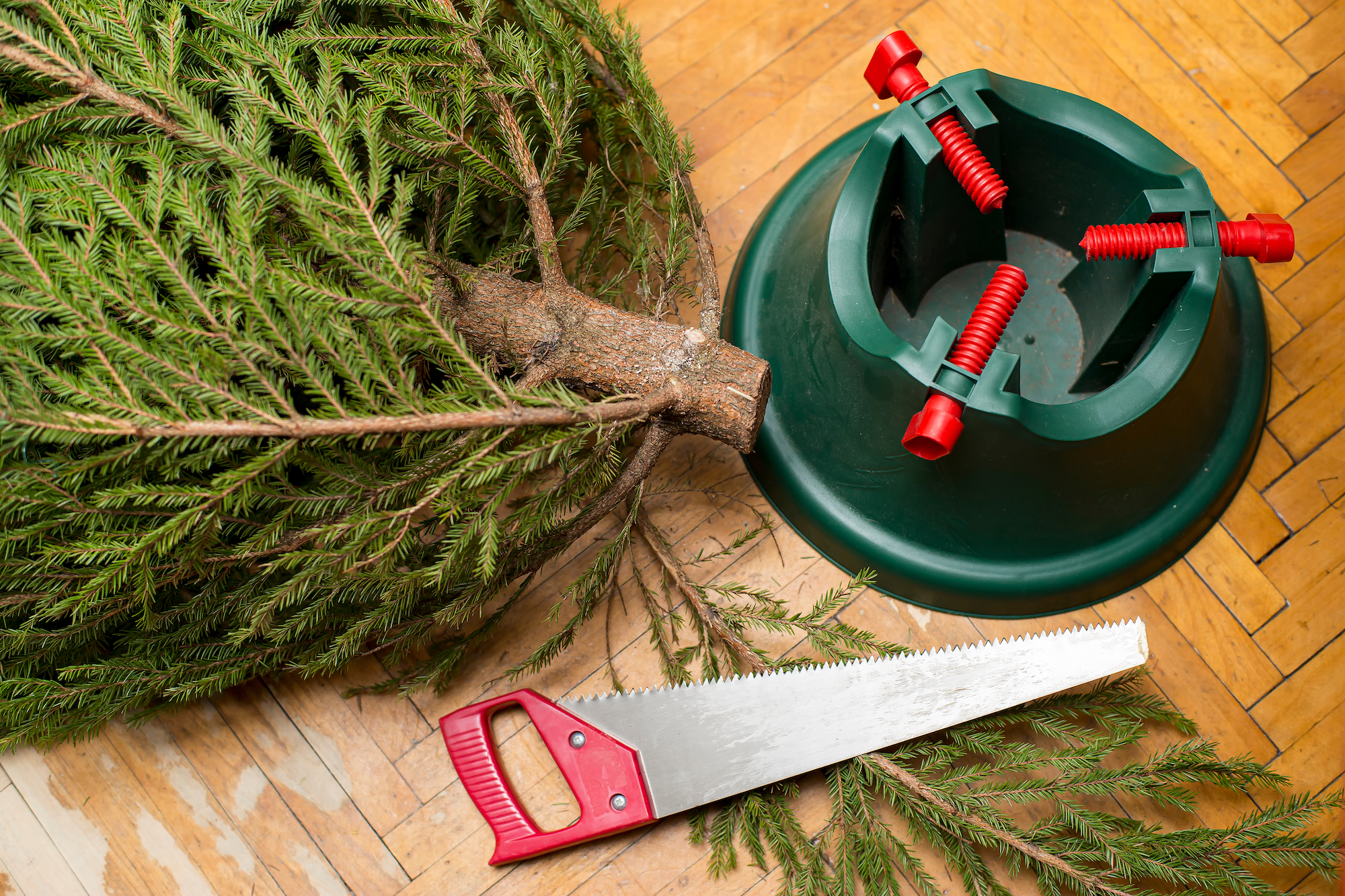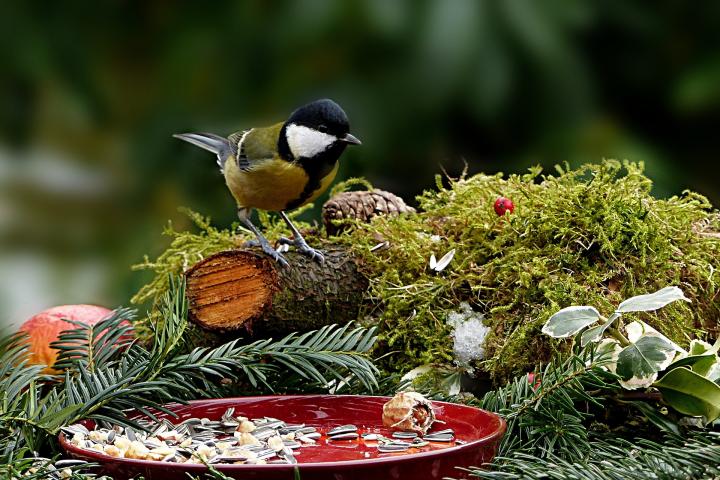
Make Your Christmas Tree Last Until the Big Day
ADVERTISEMENT
I recently saw an interview with a tree farmer. He mentioned that adding things such as aspirin, sugar or soda does nothing beneficial for the tree. In fact, it might promote bacteria growth due to the sugar content. The most important thing is to make sure that the water level never goes down too low.
Our county has recycled the trees for 30 years, the way the article suggests. Game and Fish weigh them down and place them on the ice in our reservoirs and when it melts in the Spring they sink and make a perfect habitat.
There is a local exotic feline rescue center that saves large cats from all over the country. There are tigers, lions, bobcats, lynx, etc. saved from illegal ownership, failed zoos and other not humane conditions. The cats LOVE the old Christmas trees and if you donate you get a free tour! And get to see them playing in the snow. It’s a great organization!
When I lived in state of Louisiana there was a program after the holidays where you could leave your used live tree outside near your trash pick-up area and it would be donated to an organization that would airlift the trees to south Louisiana and drop them in the disappearing marshlands in attempt to help rebuild the landscape.
Years ago my family went to my Aunt's in NJ for Christmas. They had a very large weeping willow out front that smothered the whole front lawn. It was removed and a large hole was left. After Christmas the 5 ft tree from the celebration was stuck in the hole. We visit years later. I commented on the beautiful 20 foot Christmas tree in the front and my Aunt said that was the tree from 10 years ago. How wonderful that it took root and thrived!!
Such a warm and touching memory from Robert Davis. It rekindles my appreciation for family roots, and growth.
Water in stand first couple of days after being cut then ran out for a day before noticed.
Does bottom have to be cut again or will it soak up anymore water?
Hi, Jean: It should still take water OK, but as the saying goes, there’s only one way to find out! Put some water in and see if the level goes down. If not, cut again. Whatever you do, have a Merry Christmas!
"couple inches off the bottom" Really - so much? The trees available around here were cutoff so far above the ground to begin with, that removing an inch or two of trunk requires the removal of the lowest branch just to get the trunk into any available holder. So much then for the nice symmetrical tree.
Wouldn't a half inch, as suggested elsewhere, be just as effective? Another thought, since the outer layers absorb the most water, why not just shave say a 1/4" off the entire bottom and cut just the outer layers an additional 1/4 inch?
A 1/4-inch off the entire bottom is perfectly fine. We were just being casual about it, but you do not need a full two inches, especially given reasons such as yours.












